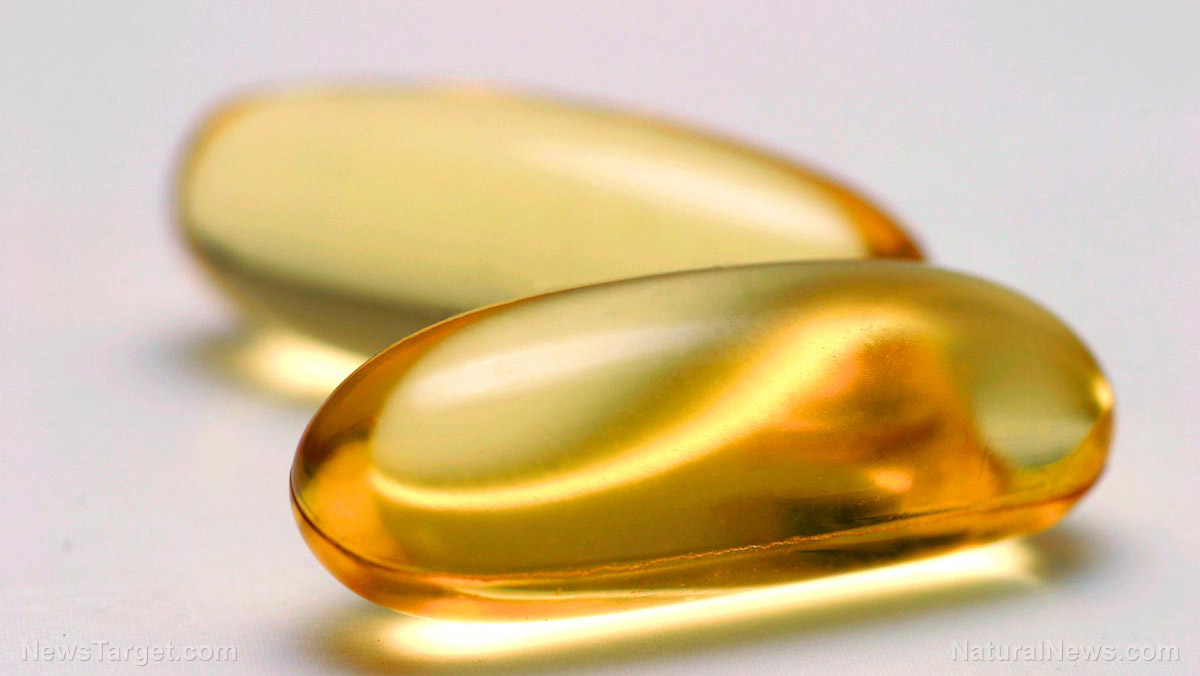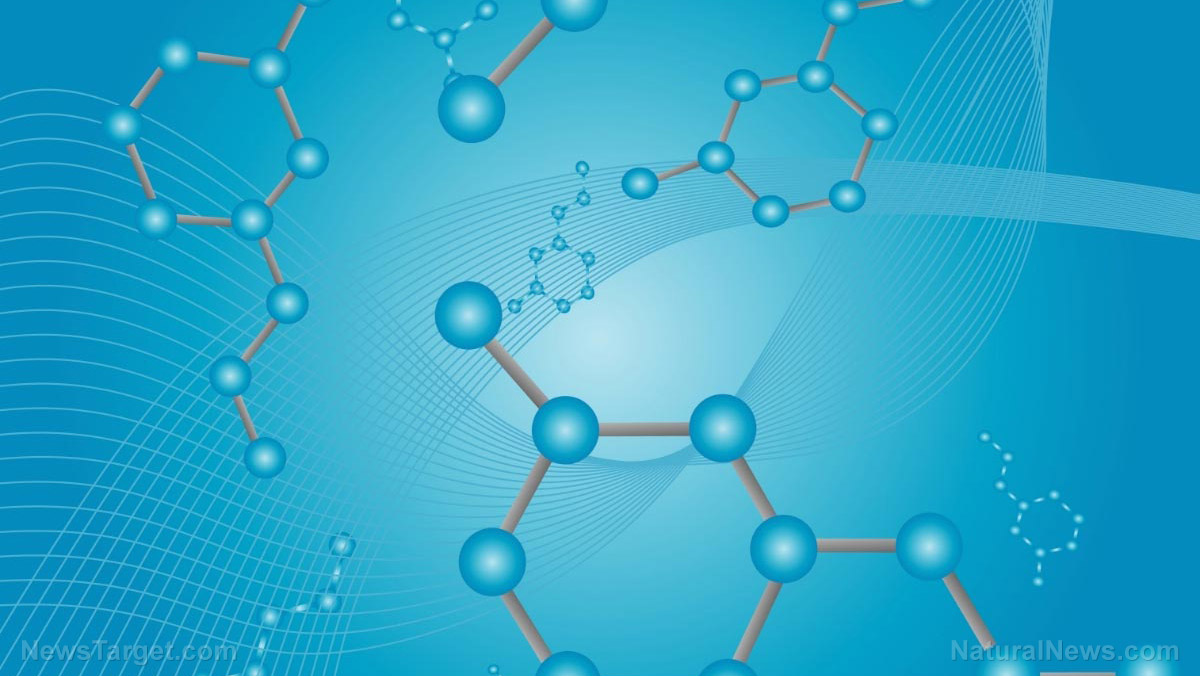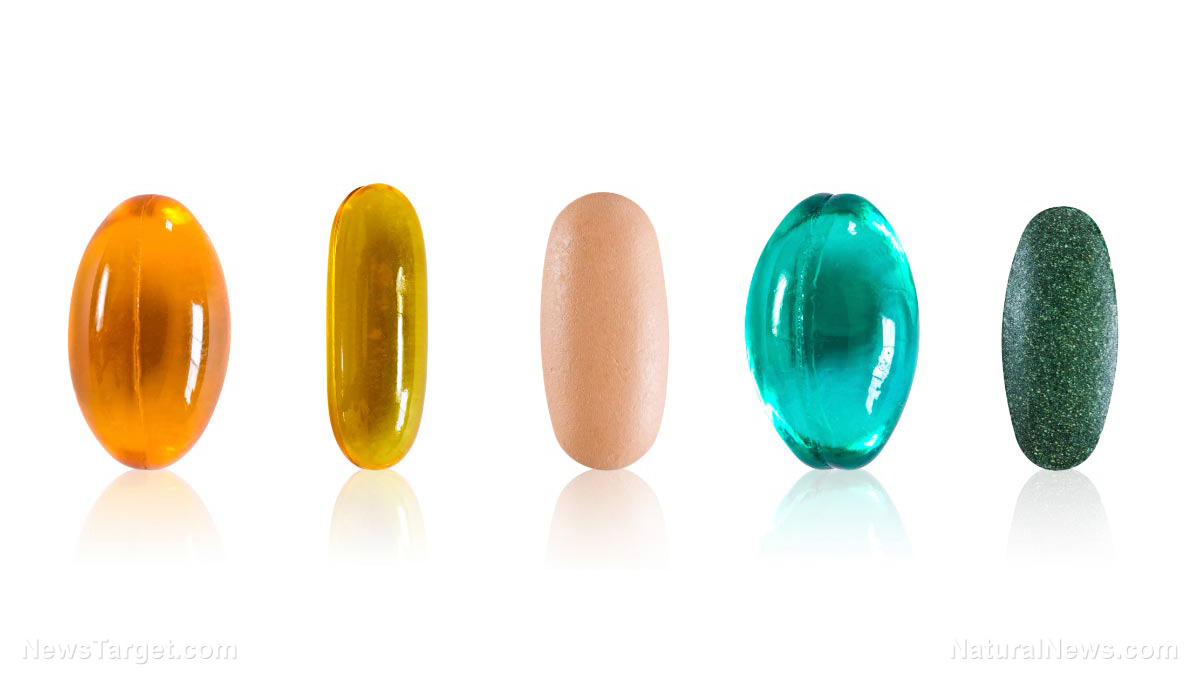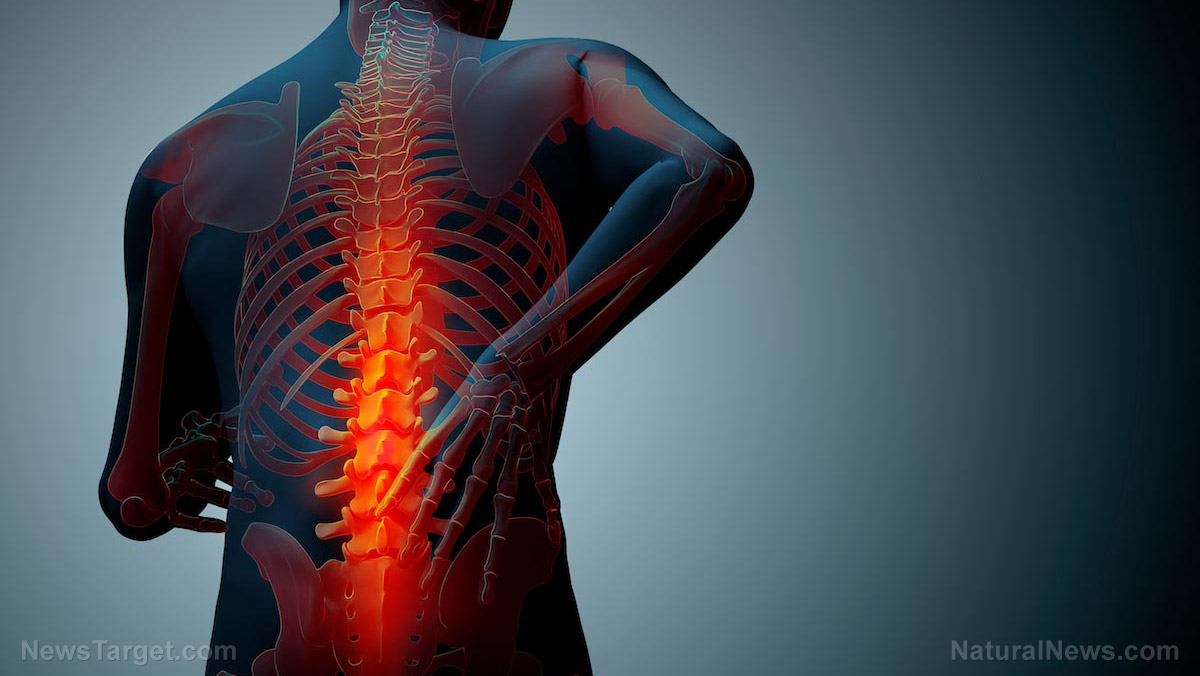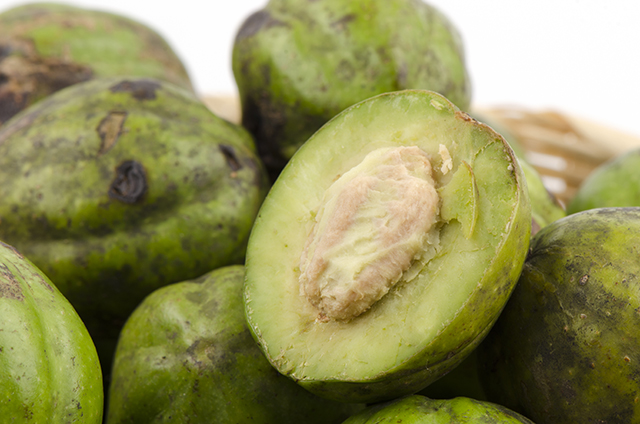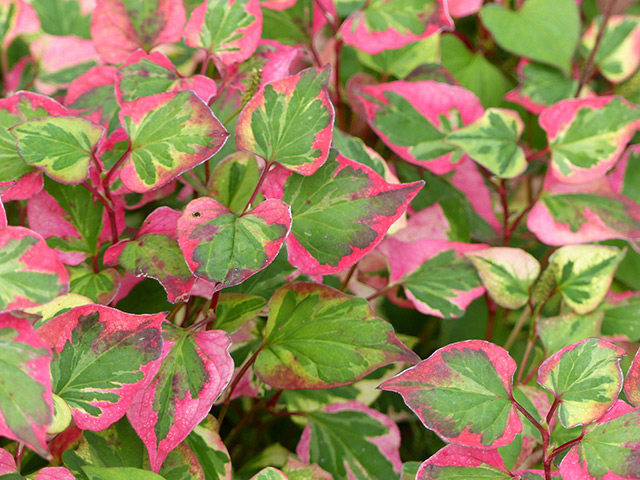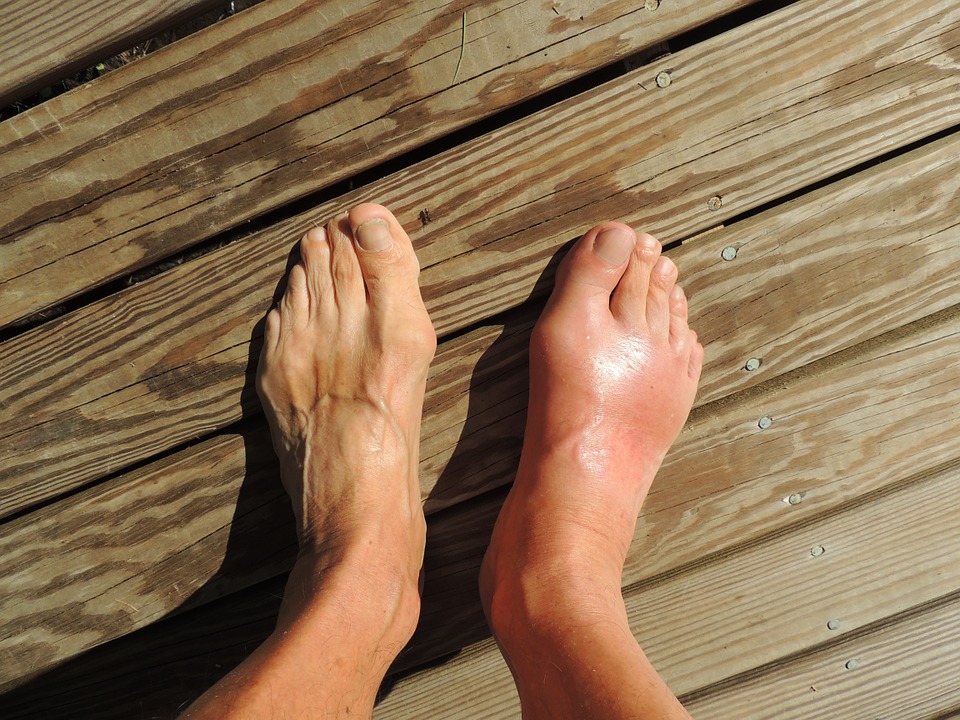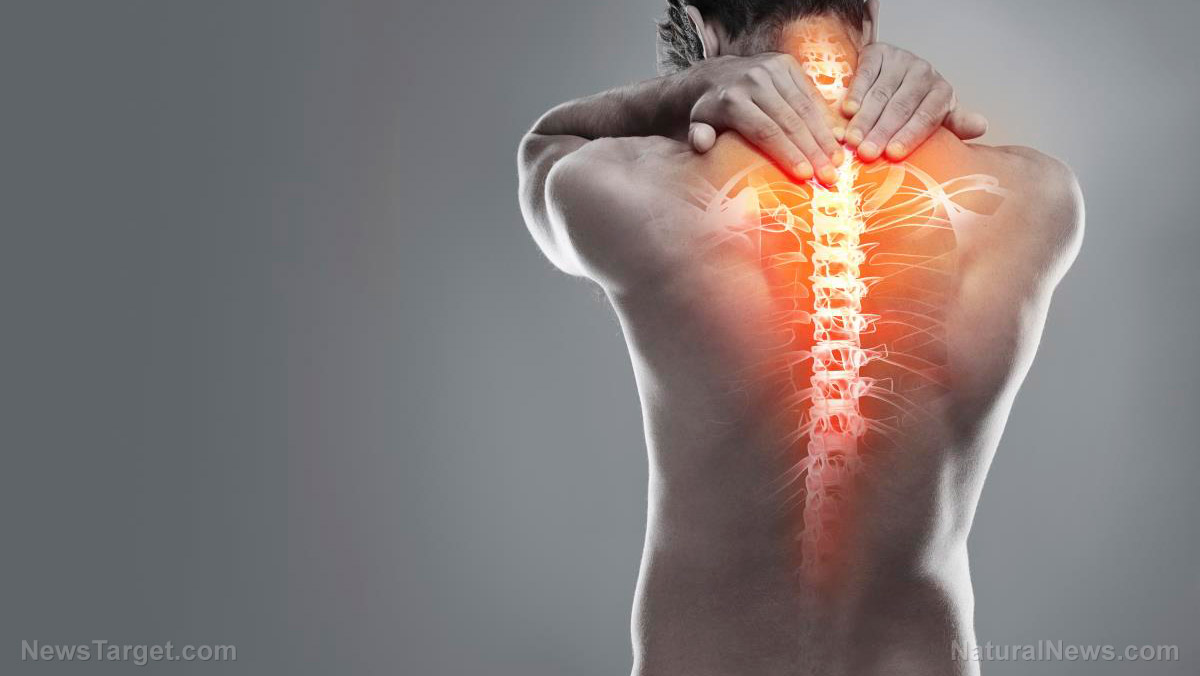Acupuncture reduces the occurrence of breast cancer-related lymphedema: Study
09/05/2018 / By Edsel Cook
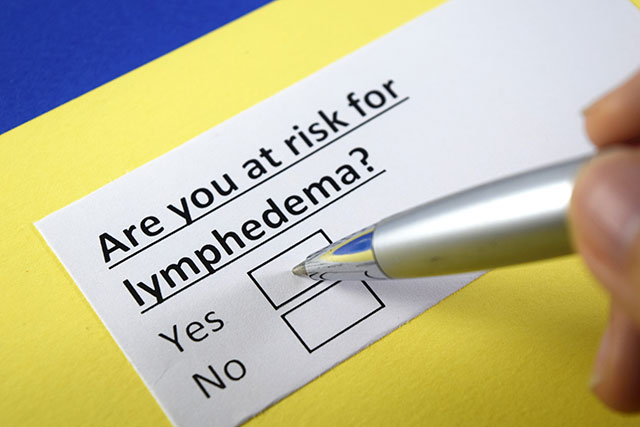
Painful swellings called lymphedema can appear on a patient’s arms after undergoing surgery and radiation therapy for breast cancer. A Chinese study suggested that acupuncture could decrease the chances of this complication, thereby improving the quality of life for cancer patients.
Despite the advent of less invasive treatments, lymphedema remains a common problem for breast cancer patients and survivors long after the procedure has been concluded. There are no permanent cures for the condition once it appears, so patients are advised to avoid risk factors that lead to lymphedema. Existing treatments aim to decrease the severity of the symptoms while improving the use of the affected arm. They involve lymph drainage, laser treatment, micro-surgery, and surgical transplantation of axillary lymph nodes.
These treatments are costly and must be repeated for the rest of the patient’s life. Therefore, breast cancer-related lymphedema requires a cheap yet effective means of management.
Based on pilot studies and their own observations in various hospitals, researchers from the Guangxi University of Chinese Medicine (GXUCM) believe that acupuncture can serve in that role. Traditional Chinese medicine (TCM) prescribes the treatment for “edema” conditions that include the symptoms of lymphedema. The researchers conducted a study to determine the effectiveness of acupuncture on breast cancer-related lymphedema. (Related: TCM medicines confirmed to accelerate cell death of breast cancer tumors.)
Experimental procedure
For their trial, the researchers recruited women who were suffering from lymphedema in just one arm. To qualify for the experiment, the affected arm needed to be 10 to 40 percent more swollen than the unaffected arm. Both arms were measured to establish a baseline of comparison for treated arms. A perometer – which uses light-emitting diodes and photosensors to measure an object – was used due to its accuracy, ease of use, and speed of measurement.
The participants were randomly divided between real acupuncture or sham acupuncture groups. They received either acupuncture or sham treatment on both of their arms. For the sham control, the researchers used the Streitberger needle. It can mimic the feel of actual acupuncture treatment while also avoiding any accidental efficacy.
Following each treatment or sham treatment, the participants were also given decongestive therapy. The therapy consisted of manually draining lymph on a daily basis, gentle exercise, moisturizer, and elastic compression garments. GXUCM researchers measured the volume of both arms of each participant after a treatment. The starting data and the measurements from the final treatment session were used to calculate the primary and secondary outcomes.
The primary outcome is the absolute ratio of the volume of the reduced limb. The secondary outcomes covered any adverse effects of acupuncture and sham-acupuncture recipients. The researchers compared the results for both groups. Furthermore, they also determined the overall effectiveness of acupuncture on the recipients.
Study limitations
The GXUCM researchers acknowledged several significant limitations in testing the efficacy of acupuncture on breast cancer-related lymphedema. The first one involves their application of the standardized acupoint regimen. Traditional Chinese medicine stresses the idea of therapy tailored to the needs of the individual. Future studies must compare the effects of the standardized regimen and individualized treatments.
Second, TCM established that the sensation of the needle during acupuncture signifies the treatment’s success. However, the acupuncturists in the experiment were not allowed to ask their patients about this sensation for purposes of experimental blinding.
Last but not least, acupuncture is widely used in China to treat various maladies. Since the participants are Chinese, some of them might have undergone acupuncture treatment in the past. If these regular clients are part of the sham-acupuncture group, they may recognize the Streitberger needle approach as a fake.
Find out natural ways of improving the side effects of cancer at CancerSolutions.news.
Sources include:
CanadianOncologyNursingJournal.com
Tagged Under: acupuncture, breast cancer, breast cancer-related lymphedema, lymph nodes, lymphedema, natural healing, Naturopathy, radiation therapy, remedies, therapies, traditional Chinese medicines, women's health




